Commiserations to England on losing in the Euro but well done for the Effort and Improvement
Origins of Football: Cuju in Ancient China
The origins of football can be traced back to ancient China, where a game known as Cuju was played over 2500 years ago. The term “Cuju” itself, meaning ‘to kick a feather-filled ball,’ is indicative of the game’s primary activity. Unlike modern football, Cuju involved two teams of six players each, who aimed to kick the ball through a fengliu yan, a goal post situated in the center of the court. The objective was to do so without letting the ball touch the ground, a feat requiring remarkable skill and coordination.

Cuju was more than just a game; it was an integral part of Chinese culture, often played during military training exercises to keep soldiers fit and enhance their teamwork and strategic planning abilities. This ancient sport was not limited to the military; it gained popularity among the general populace, including the royal courts where it evolved into a sophisticated and regulated activity. Early records, such as those found in the historical text “Zhan Guo Ce” (Strategies of the Warring States), highlight the widespread appeal and structured nature of Cuju.
The balls used in cuju were originally made of 2 pieces of leather stitched together and filled with feathers . As the manufacturing process improved, a ball was developed that had up to 12 pieces of leather.

The rules and gameplay of Cuju laid foundational elements for what would evolve into modern football. The emphasis on team coordination, skillful ball handling, and strategic play are all aspects that resonate with today’s football games. While the fengliu yan might have been replaced by goalposts and the feather-filled ball by a leather one, the essence of teamwork and competitive spirit remains unchanged.
Understanding the origins of football through Cuju offers a fascinating glimpse into how ancient practices have influenced contemporary sports. The legacy of Cuju is a testament to the enduring appeal of the game, demonstrating that the fundamental joy of kicking a ball and competing as a team transcends centuries and cultures.
Medieval Folk Football: A Violent Affair
During the medieval period, football was a far cry from the organized sport we recognize today. This early version, often referred to as “folk football,” was a chaotic and violent game. The objective was simple yet brutal: players from neighboring villages competed to transport an inflated pig’s bladder to their respective village’s goal. These matches were notorious for their lack of rules, leading to frequent injuries and even fatalities.

By the 1500s, the game had evolved slightly but retained its violent nature. Kicking opponents was a common tactic, and physical confrontations were expected. Despite these aggressive tactics, certain rules began to emerge. For instance, throwing the ball was explicitly banned, forcing players to rely on their feet and bodies to move the ball forward. This restriction emphasized the physicality of the game, making it an exhausting and perilous endeavor.
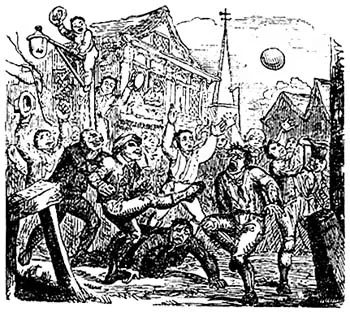
Literary accounts from the period further illustrate the game’s brutal reputation. Notably, John Gay’s 1716 description of football likened the sport to a ‘war,’ capturing the intense and combative spirit that characterized medieval football. Gay’s depiction underscores the sheer ferocity of the matches, where the distinction between sport and physical conflict was often blurred.
This medieval iteration of football laid the groundwork for the sport’s future developments. Although it was an unsystematic and violent pastime, it sparked a passion for the game that would eventually lead to more structured forms of football. The sport’s evolution from these chaotic beginnings to the modern, regulated game is a testament to its enduring appeal and capacity for transformation.

The Path to Regulation: 19th Century Developments
Football’s journey towards regulation in the 19th century was marked by significant milestones that gradually formalized and standardized the game. One of the earliest noteworthy events was the formation of the first football club in Edinburgh in 1824. This club laid the foundation for organized football and set the stage for future developments. By 1833, Edinburgh had also become the birthplace of the first known set of football rules, which provided a rudimentary framework to govern the game.
The mid-19th century witnessed further advancements with the establishment of the Cambridge University Football Club in 1848. Cambridge played a pivotal role in the codification of football rules, introducing a set of guidelines that would influence the game profoundly. The Cambridge Rules were instrumental in unifying various regional variations of football, bringing a sense of coherence and structure to the sport.
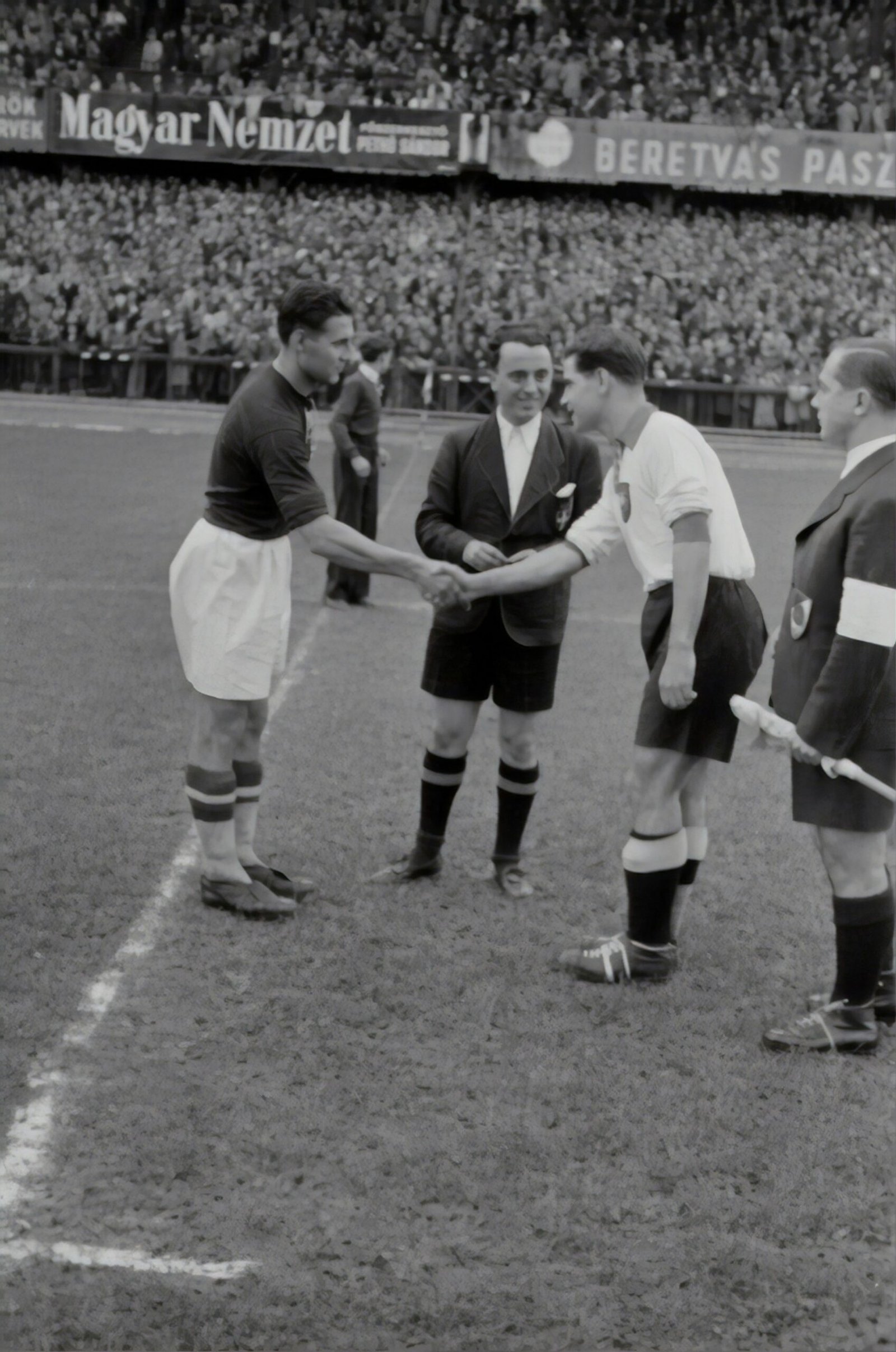
In 1858, the formation of the Sheffield Football Club marked another crucial milestone. Sheffield’s contribution to the regulation of football cannot be overstated, as it introduced the Sheffield Rules. These rules were among the first to include detailed specifications regarding the size of the field, the number of players, and the duration of matches. The Sheffield Rules also addressed issues such as handling the ball and offside, which were contentious points in the early days of football.

These developments from Edinburgh, Cambridge, and Sheffield collectively helped to formalize football, transforming it from a loosely organized pastime into a regulated sport. The establishment of standardized rules facilitated fair play and competition, allowing the game to flourish and evolve. By the end of the 19th century, football had taken significant strides towards becoming the globally recognized sport it is today, thanks to the foundational efforts of these early pioneers.
Women in Football: The Early Years
Women have played an integral role in football’s history, with their participation dating back to the 19th century. The first recorded match between women took place in 1881 at Easter Road in Edinburgh, Scotland, where England faced off against Scotland. This historic encounter was significant not only for its pioneering nature but also for the context and unique aspects that surrounded it.

The match on that day was a spectacle to behold. The players’ attire was notably unconventional by today’s standards. They wore jerseys and stockings, which were typical football gear of the time, but paired these with high-heeled boots. This unusual combination highlighted the societal norms and fashion expectations placed on women during the Victorian era. Despite these restrictive outfits, the women showcased remarkable determination and skill.
The game concluded with England suffering a 3-0 defeat to Scotland, a result that underscored the competitive spirit and capability of the Scottish team. This match was more than just a sporting event; it served as a statement against the prevailing gender norms and the limited opportunities available to women in sports. The fact that such a match took place at all during this period is a testament to the resilience and passion of the women involved.
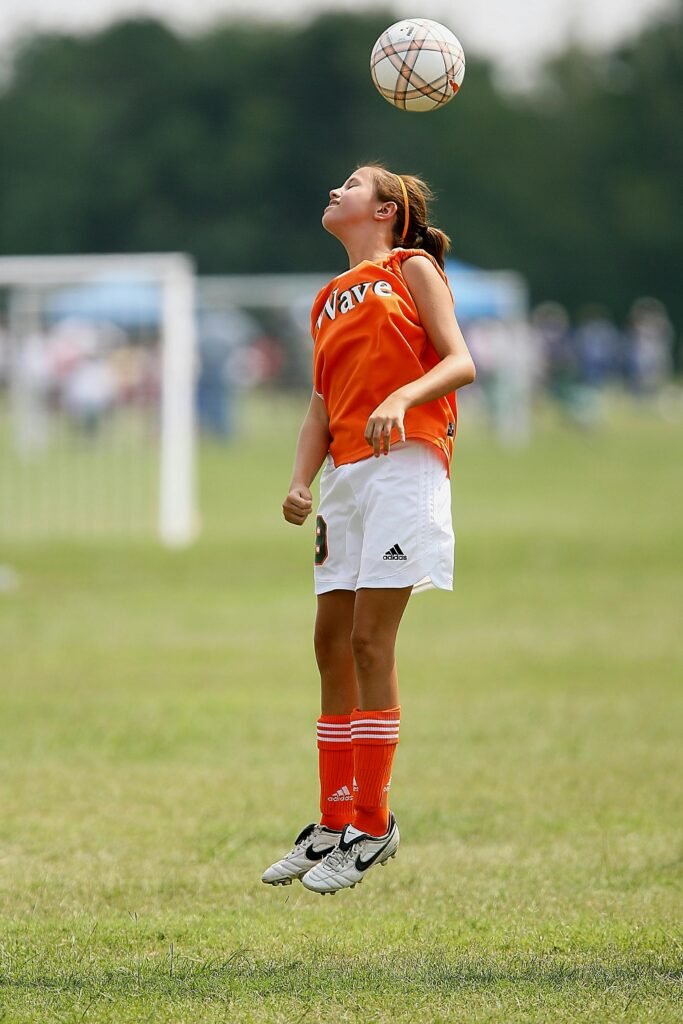
Although this early match did not immediately lead to widespread acceptance of women in football, it planted the seeds for future developments. The perseverance of these early female footballers laid the groundwork for the growth and evolution of women’s football. Over the decades, women’s football has grown significantly, breaking barriers and challenging stereotypes, thanks in part to the pioneering efforts of those who took to the field in 1881.
The Rise of International Competitions
International football competitions have played a pivotal role in the evolution and global popularity of the sport. The establishment of these tournaments marked a significant shift in how football was perceived, moving from regional pastime to a global phenomenon.

The FIFA World Cup, inaugurated in 1930, stands as the pinnacle of international football competitions. Held every four years, it brings together teams from across the globe to compete for the most prestigious title in football. The World Cup’s significance extends beyond the sport itself, fostering a sense of unity and national pride among participating nations. The tournament’s widespread viewership has continually increased, with billions of fans tuning in to watch the drama unfold, thereby solidifying football’s place in the hearts of people worldwide.

Similarly, the European Cup, now known as the UEFA European Championship, began in 1960. This competition gathers the best national teams from Europe, showcasing the continent’s rich footballing talent. The European Championship has not only heightened the level of competition among European nations but also prompted the development of more robust football leagues within these countries. The intense rivalry and high stakes associated with the tournament have made it a crucial part of the football calendar.

On the other side of the globe, the Asian Cup, initiated in 1956, has been instrumental in promoting football across the Asian continent. Through this competition, countries with emerging football programs have had the opportunity to compete on a larger stage, helping to raise the standard of play and increase the sport’s popularity in the region. The Asian Cup has played a crucial role in integrating football into the cultural fabric of many Asian countries, encouraging the establishment and growth of domestic leagues.
These international competitions have not only provided a platform for showcasing talent but have also contributed significantly to the global spread of football. By bringing together diverse cultures and fostering a spirit of sportsmanship, they have helped establish football as the world’s most beloved sport.

Football in Modern Society
Football’s role in modern society is both pervasive and profound, transcending mere sport to become a significant cultural and social phenomenon. In schools, football serves as a key component of physical education programs, fostering teamwork, discipline, and a sense of community among students. It provides a structured environment where young individuals can develop not only their athletic skills but also essential life skills such as leadership and perseverance.

Beyond the educational sphere, football’s impact on daily life is evident in various aspects. The sport has a remarkable ability to bring people together, whether through local matches in community parks or international tournaments that captivate millions of viewers worldwide. Football often serves as a common ground for social interaction, breaking down barriers of age, nationality, and socio-economic status. The sense of camaraderie and shared passion for the game can unite diverse groups, fostering a spirit of inclusion and collective identity.

Football’s influence extends into popular culture, where it shapes fashion, media, and entertainment. Iconic players become role models, their styles and lifestyles emulated by fans. Football jerseys and merchandise are not just sportswear but symbols of allegiance and pride. Television networks and streaming services dedicate substantial airtime to football, reflecting its significant viewership and advertising appeal. Moreover, football-inspired films, documentaries, and literature contribute to the sport’s cultural footprint, narrating stories that resonate with both fans and the broader public.

The importance of grassroots football cannot be overstated in nurturing young talent and sustaining the sport’s growth. Local clubs and community initiatives play a crucial role in providing opportunities for young players to hone their skills and pursue their aspirations. Grassroots programs ensure that football remains accessible to everyone, regardless of their background, and help identify and support the stars of tomorrow. These initiatives are vital for maintaining the sport’s dynamism and ensuring that its benefits continue to permeate through different layers of society.

The Modern Game: Talent and Wealth
The modern era of football has witnessed a significant transformation, characterized by an exceptional display of talent from players and an unprecedented influx of wealth. Today’s footballers are not only athletes but also global icons, celebrated for their skills on the pitch and admired for their commercial appeal. The commercialization of football has brought about substantial changes, offering new opportunities and presenting fresh challenges.
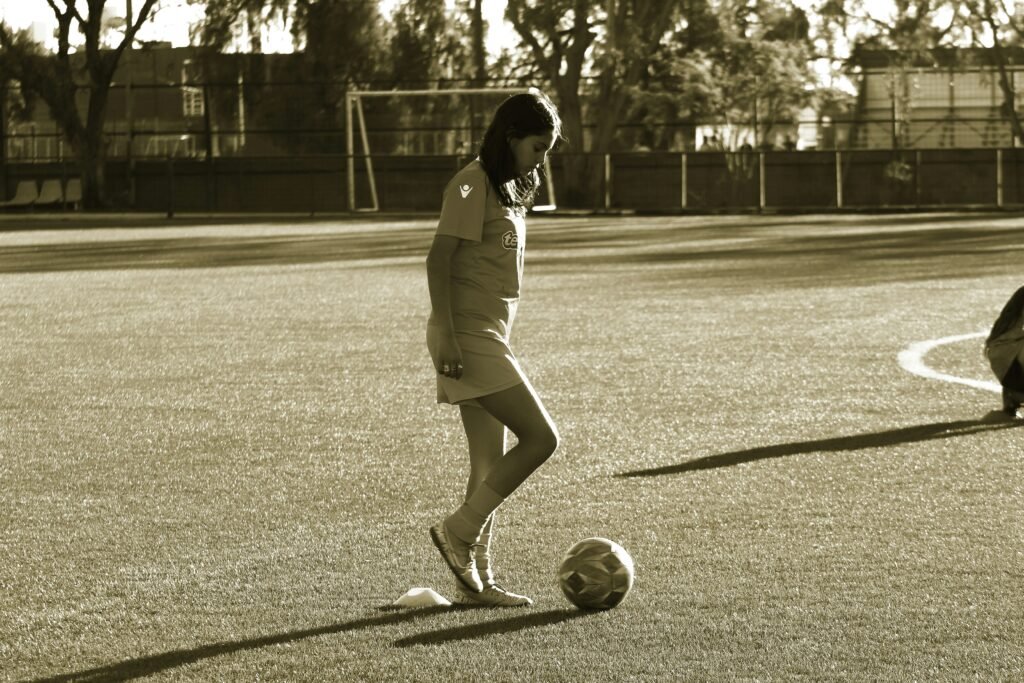
At the heart of modern football is the remarkable talent of the players. Advances in training techniques, sports science, and nutrition have enabled athletes to push the boundaries of physical performance. Players like Lionel Messi and Cristiano Ronaldo have redefined the standards of excellence, dazzling fans with their technical prowess and relentless consistency. The global scouting network ensures that young talents are identified and nurtured from an early age, leading to a diverse pool of players who bring varying styles and strengths to the game.

Alongside the burgeoning talent, the financial aspects of football have also evolved dramatically. Television rights, sponsorship deals, and merchandise sales have poured billions into the sport, making it one of the most lucrative industries in the world. Top clubs generate substantial revenue, allowing them to sign high-profile players for record-breaking transfer fees and offer astronomical salaries. This financial muscle has widened the gap between elite clubs and smaller teams, creating a competitive imbalance that has sparked debates among fans and stakeholders.
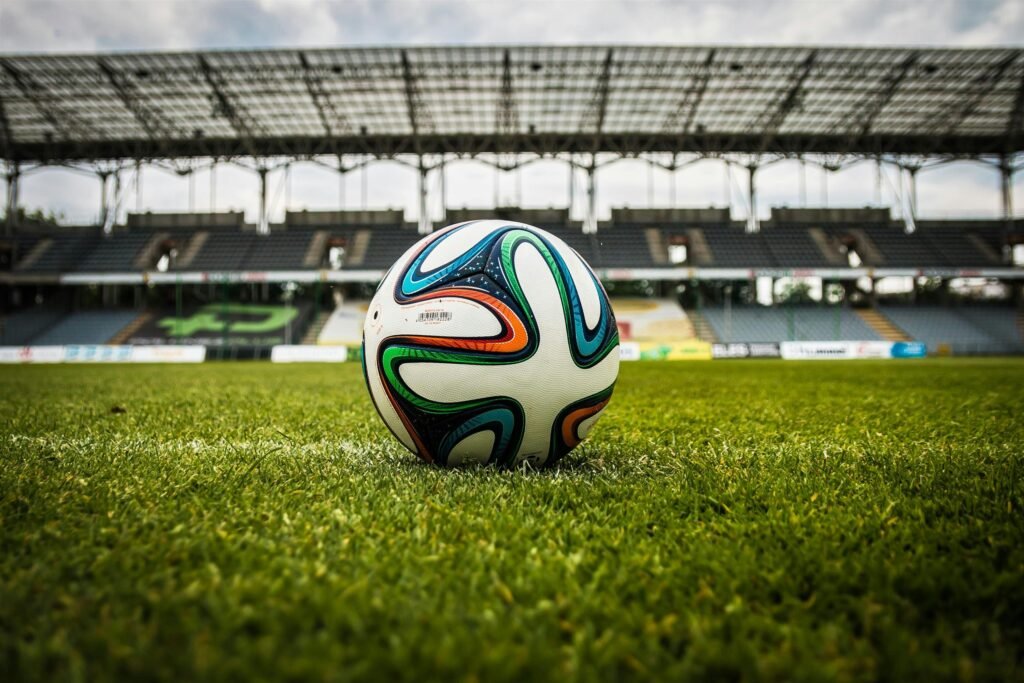
The commercialization of football has also opened up new avenues for players and clubs. Endorsements, social media presence, and personal branding have become integral to a player’s career, providing additional income streams and enhancing their global reach. However, this commercialization comes with its own set of challenges. The pressure to perform at the highest level can be immense, and the focus on financial gains sometimes overshadows the essence of the game. There are concerns about the sustainability of such financial models and the ethical implications of money-driven decisions.

In essence, the modern game of football is a fascinating blend of extraordinary talent and immense wealth. While the commercialization has undoubtedly transformed the sport, it remains to be seen how these changes will shape the future of football and its enduring appeal to fans worldwide.
Diverse Forms of Football
Football, renowned for its rich history and global appeal, encompasses a variety of forms, each with unique rules and characteristics. Rugby, indoor football, and futsal are prominent among these variations, demonstrating the sport’s adaptability and broad appeal.

Rugby, originating from England in the early 19th century, diverged from traditional football due to its distinctive handling of the ball. It is characterized by an oval-shaped ball and features such as scrums, line-outs, and rucks. Two main types of rugby exist: Rugby Union, with 15 players per team, and Rugby League, which fields 13 players. The sport’s physicality and strategic depth have contributed to its widespread popularity, particularly in countries like New Zealand, South Africa, and Australia.

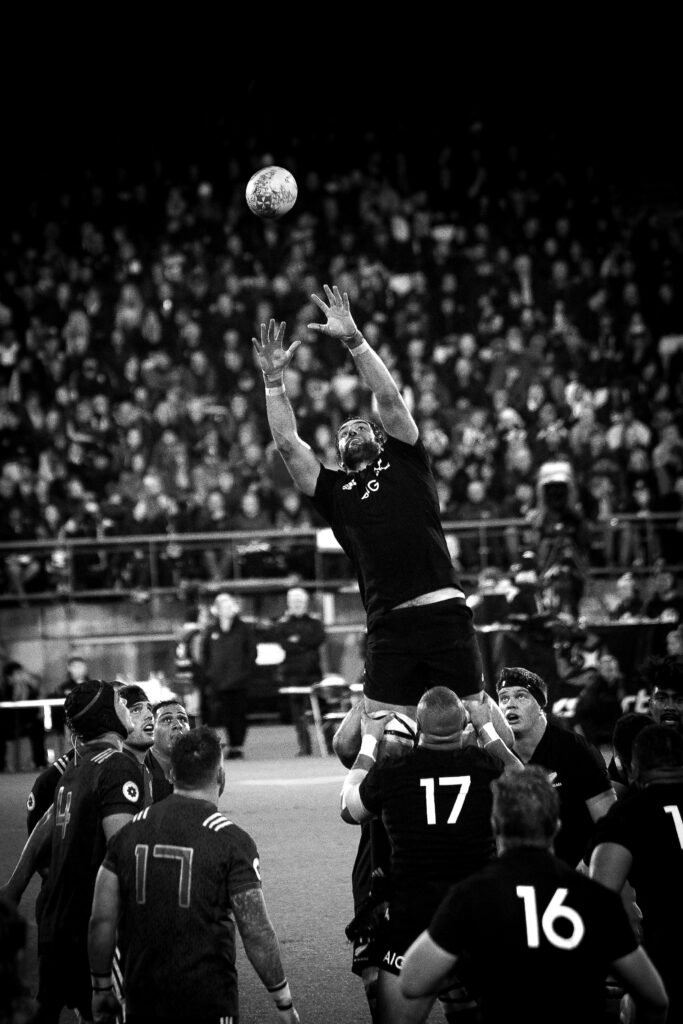
Indoor football, also known as arena football, emerged in the United States as an adaptation to cater to smaller playing fields and indoor environments. This version modifies traditional football rules to fit a smaller, enclosed arena, resulting in a faster-paced and higher-scoring game. Indoor football’s confined space and artificial turf amplify the intensity and entertainment value, appealing to fans seeking a dynamic viewing experience.

Futsal, derived from the Spanish term “fútbol sala,” meaning “indoor football,” is played on a hard court smaller than a football pitch. It emphasizes skill, creativity, and quick decision-making due to the limited space and fewer players—typically five per side. Originating in South America and gaining popularity worldwide, futsal is often credited for honing the technical abilities of many renowned football players.

Football’s inclusion in the Olympics has further highlighted its global significance. Men’s football made its Olympic debut in 1900, establishing itself as a key event. Women’s football was introduced much later, in 1996, reflecting the sport’s growing recognition and support for female athletes. These Olympic competitions have provided a platform for footballers to showcase their talents on an international stage, contributing to the sport’s enduring legacy.










